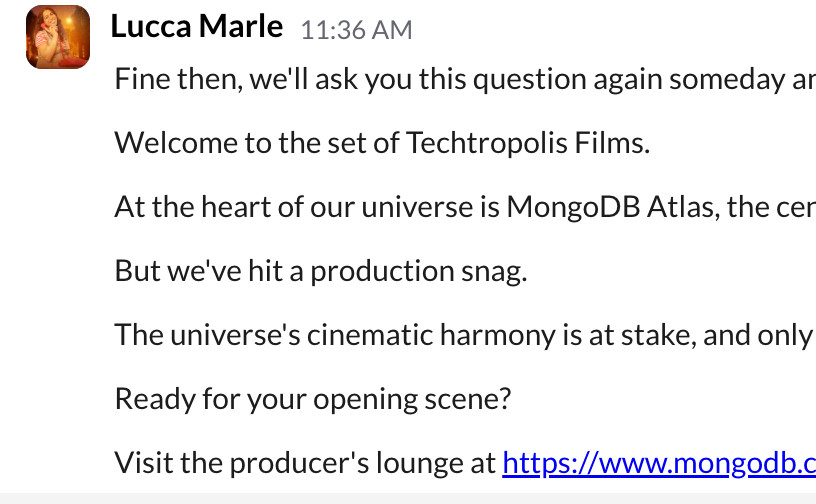A Wilco Quest

I had a conversation this morning that I really enjoyed with On Freund from Wilco. Wilco is a hands-on simulator of technical procedures that’s more immersive and realistic than any (forgive me) computer-based training I’ve seen. If you’re like me, when I say “Computer-based training” you get an immediate pain-avoidance response, but this is different.
Really different.
* * *
I’ve been thinking a whole lot lately about incident readiness. Typically, incident responders inside and outside companies spend a lot of time on tabletop exercises, or TTX, preparing for procedural things - fire drills to assure that, when defecation hits ventilation, people understand their roles and know what to do.
This is completely reasonable - the old saw in the military is that one never rises to the occasion, one sinks to the level of one’s training. So it’s important that people in your organization understand how to declare an incident, get out the run book, contact counsel and incident responders and crisis communications, speak with the board, etc. And unsurprisingly, that’s about as far as most companies doing a TTX take it.
What in my experience doesn’t get practiced anywhere nearly as often is how your software engineering teams will respond. Have they practiced a sudden, off-sprint and intensive activity to, for example, find the source of an ongoing data breach or intrusion?
Or, less dramatic, doing what my friend Carla Geisser once referred to as “non-security incident response” - the question is, how can we train software engineers to practice hands-on the skills they will need in low-frequency but high-impact situations?
How do they practice that?
Wilco
There’s an ‘80’s 8-bit video-game vibe to the site but the scenarios themselves - prepackaged, community-built, or you can use the AI-driven “quest-builder” to roll your own - are fully immersive, realistic scenarios.
You sign up to Snack, their Slack-simulator, go through an HR “welcome” exercize and then your software engineering manager gives you the bad news, and tasks you with fixing it.
The specific nature of the bad news is the quest theme.
I’ve brought in tools that purported to provide this kind of training before - including Secure Code Warrior, which engineers were excited about initially but then interest flagged.
But I have never seen anything so intuitive, so realistic, so (and this is a big point) un-gamified-feeling yet compelling. Once you’re in the scenario, it’s about as realistic as it can get.
Simulator Reality
The analogy to a flight simulator is apt.
Once, I was doing an instrument flight training refresher in a full-room simulator version of my exact type of airplane. When I first sat down I felt it was a bit artificial. Then I ran my actual airplane checklist and became instantly immersed: by the time about two minutes later when I got to the section where I check ailerons, I caught myself turning the yoke and twisting in my chair looking back over my shoulder to see whether the ailerons were moving!
It was so immersive that I literally forgot I was in a simulator.
I got the same experience today.
Sure, the wrappers are twee 8-bit video knockoffs, but intentionally so; as soon as you are in the code, there you are - collaborating on Snack, finding the issue, discussing potential solutions, writing the patch and opening the PR, then, if you’ve solve it, merging the code into actual GitHub.
Not a Sim Version of Your App. Your App.
In fact, with some work that On described as, “non-trivial” you can integrate your actual codebase into Wilco, so that your engineers are not playing with a simulated version of your app, but with your app. “I’m not gonna say it’s easy,” On warned me, “but you can absolutely do it.”
And therein lies the difference between traditional computer-based training, or other tools that I have seen, and Wilco: which in just about an hour provided for me the immersive reality of the environment in which people are handling problems using their actual workflows and simulated versions of their tools.
If you want to play with it, sign up for a free account and check out, for example, the MongoDB Case Study, which allows you to try it for yourself.
There are of course other use cases for customer training, employee training, but On said that software engineering operations are where the product really shines. I can see it.
I’m going to be playing with this and bringing in lots of opinion from friends, but I wanted to bring it to the attention of those who hadn’t yet heard of it.
